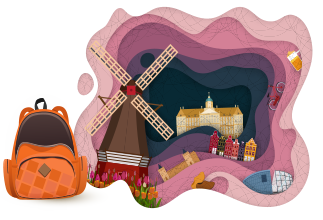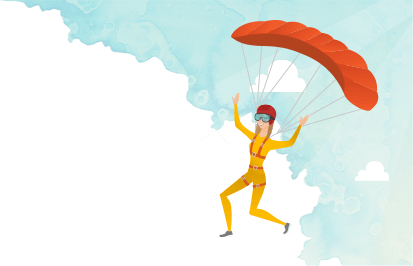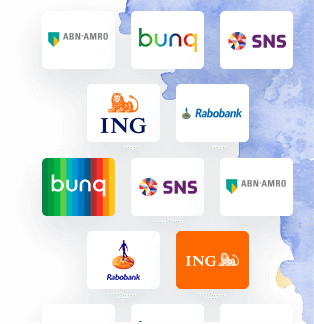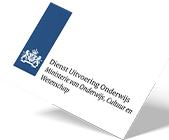
#1 - Mainstream media
This resource is the main source of information for most people. Alike in your home country, Dutch news is available from both domestic sources and international sources, these include:
Domestic
International
The main differences to keep in mind between domestic and international sources include the frequency of reporting local news and how specific the report is. For example, domestic sources are often more active than international sources and domestic news agencies generally provide more specific reporting to inform their domestic audience.
#2-Informative resources
Informative resources for the purpose of this blog are those which fall outside of mainstream news agencies. These resources are often used as a source for mainstream news reporting and have their own websites and social media pages. Within this resource, the official site of your university is included. Relevant resources applicable for information regarding COVID-19, include:
Government
#3- Social Media
Social media is a fantastic tool to gauge what the general opinion of society is and can often provide timely updates. Be warned, social media is widely unvetted, English can be lacking and is the equivalent to listening to a stranger in a bar. We discuss further in the blog how to validate the information. Some examples of social media pages which assist in being kept informed include Reddit Netherlands, 9GAG Netherlands. Social media pages of the embassy of your home country Social media pages of the aforementioned local government departments and your university.
#4- Setting up a news feed
Now we have provided some examples of where to look, we move onto how to organise it. There are multiple newsfeed options and all of the feeds we present in this blog, at the time of writing are free and can be used without creating an account.
Google news - is easy to set up and adjust the search parameters. It will include domestic and international resources. Set it up based on your needs with the following instruction links: Computer Google play Apple
Microsoft news - as a mobile application, this is intuitive, and you can easily select which news sources you can add to your feed. This application shows various news resources we discussed above from top-notch journalist around the world.
Google Play
Apple
Flipboard - is an application where you can adjust your news feed and search for different topics, you can adjust your feed to include social media and magazine releases. However, we found that this application would not show the news channels we discussed above. Google Play Apple
#5- Validating information
Now back to that stranger in the bar we referred to earlier. You do not know this person and they may seem a bit intoxicated or opinionated, why would you trust everything they say? Well, that would be foolish, it is wise to practice critical thinking and validate the information this stranger is providing.
This section introduces source validation and content verification. For the purpose of this blog, source validation is relevant to determining if the source and the author are reputable and learning to find bias. Bias is very important to be aware of, as this can shape the tone and how the information is presented to match a motive or ideology of the source.
Content validation is relevant to what is presented within the news report. An important lesson to convey is, do not rely on automatic translators. Automatic translators make direct translations and often miss the appropriate context. They will only get you so far. An example of this is when one of our writers was applying for a job in a hotel. Google translated a part of the job description that it was expected of the applicant to ‘sex guarantee the quality of the rooms.’ Years later, no one knows what that means nor has the writer had to conduct this task. Within content validation, it is important to note the date of the report and which sources are used to create the report. To consolidate this, Monmouth University in The United States of America developed the CRAAP test to validate resources, it is a pretty nifty guide for students to use, not only for media but also for research.


























